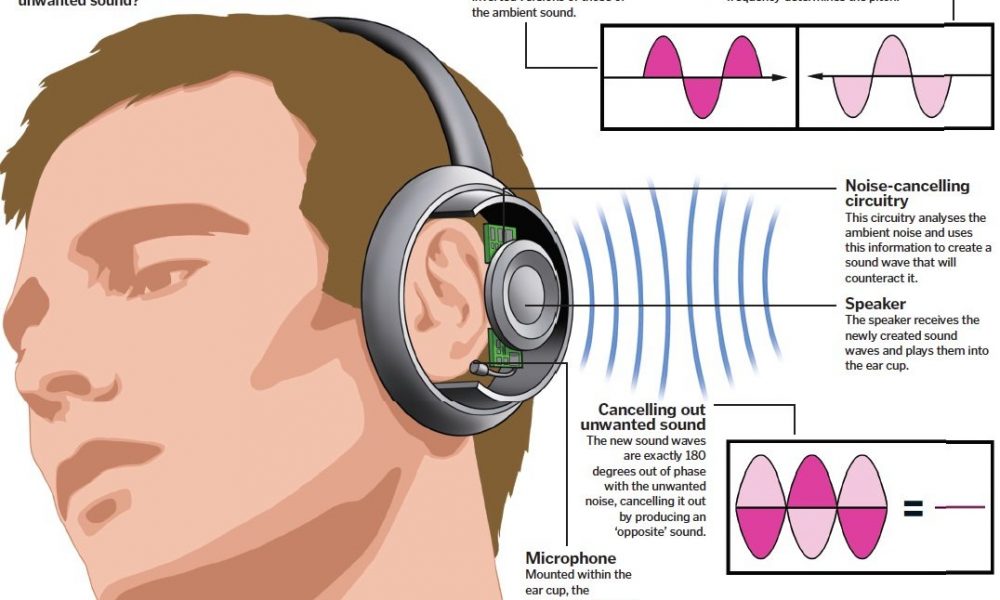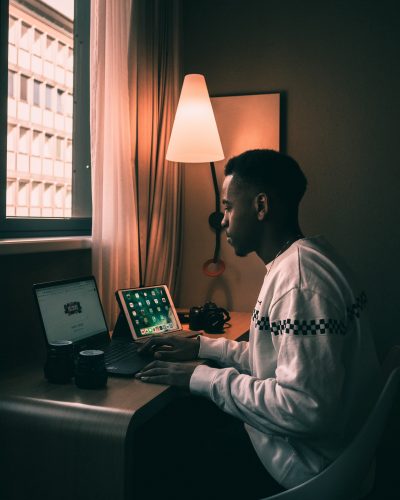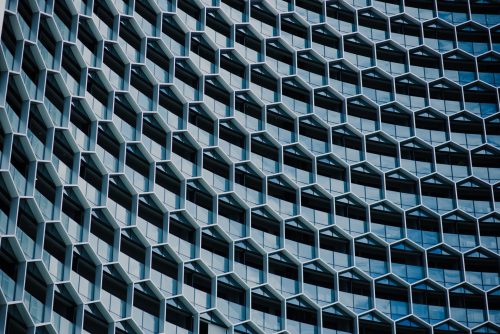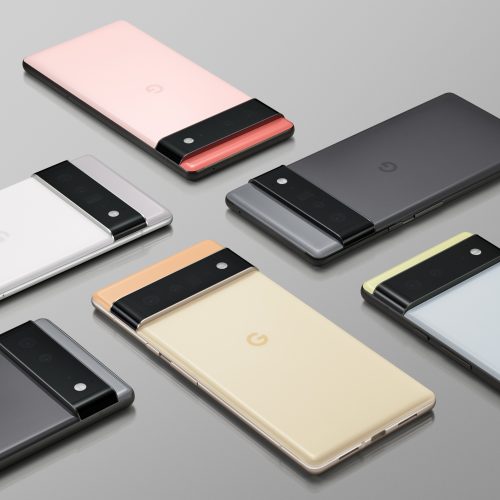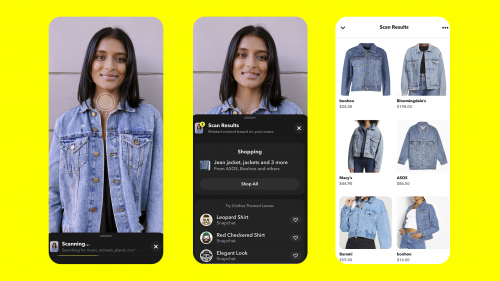Have you ever had to adjust the volume of the music you’re listening to all the way up when you step out of your room, because all of a sudden, you couldn’t hear your music above the noise outside? I too go through this every morning as I walk around Accra from my bus stop to my office. I also almost immediately have to turn the music down when I reach my office because the music gets so loud and unbearable.
It is studied that noise, often measured in decibels (dB) above a certain threshold can be harmful to us, causing health issues like hypertension, high stress levels, tinnitus, hearing loss, sleep disturbances, and other harmful effects. Pretty scary, right?
Aside all the scary things mentioned earlier, it’s safe to say everyone hates loud noise. In Ghana, the degree of loudness levels we are subjected to on an average day is about 75 dB and that’s without car horns and sudden rises in noise due to emergency vehicles and industrial machines that may be around us throughout the day.
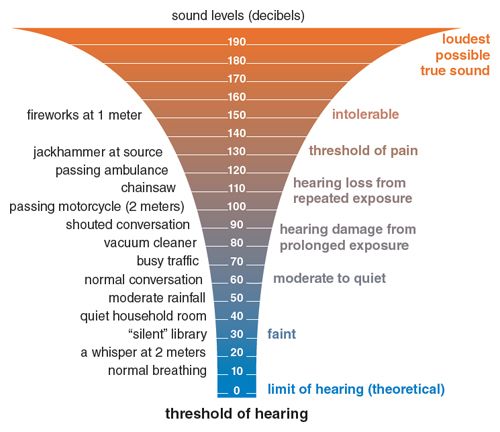
The thing is, we’re almost all at risk because there’s a 99.9% chance that we are subjected to an alarming degree of noise each day because of our surroundings such as slow moving traffic and extremely noisy bus stations where drivers are constantly shouting the destinations of their buses just to get our attention. It’s crazy that we have to endure this daily.
The human ear can tolerate noise up to 85 dB without damage. Continuous exposure to anything above that can harm you or cause permanent hearing loss. To put things to the test, I downloaded a sound meter app on my smartphone and visited Accra Mall, Ghana’s premier shopping mall that’s always buzzing with activities and …noise.
These are the readings I picked up during my tests:
Second Cup: 82.8 dB
Accra Mall Car Park: 85.6 dB
Accra Mall Bus Stop: 90.4 dB
You’re probably wondering how to alienate yourself from this problem, this noise. Well, the solution to this problem is quite expensive, and that’s what this article is about. I’m not actually that concerned about your health but the technology behind the solution. Sorry if I let you down, but you probably wouldn’t be feeling any better by the end of this read, especially if you don’t own any of the products mentioned and guess what? I don’t own one so you’re not alone.
The solution? It all comes down to passive and active noise control. This technology is used in many products and instances, the most common being in headphones. There are many headphones that adopt these two ways of controlling noise that users hear.
Passive noise control / cancellation deals with the physical design of these headphones where earcups and the shape of the headphone earcups and materials used in building them help prevent an amount of noise that gets into the user’s ears.
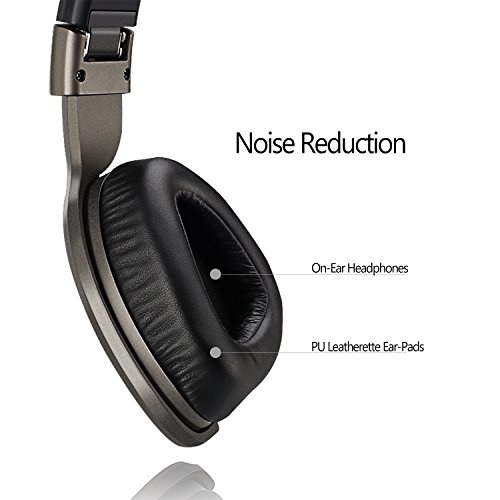
Things get interesting with Active noise control / cancellation (ANC). These headphones use in-built microphones to listen to external ambient noise and block them from your ears. Basically, they block noise with more noise, Yes, that is like the simplest explanation you can get but if you want to get deep, well here is a deeper explanation.
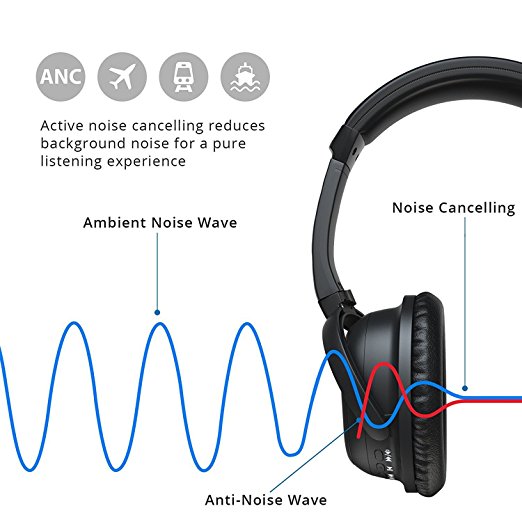
Sound travels in waves and these waves are made up of positive and negative nodes. Now when the microphones in ANC headphones pick up noise from outside, they emit sound waves with the same amplitude but with inverted phase (also known as anti-noise) to the original sound. The waves combine to form a new wave, in a process called interference, and effectively cancel each other out – an effect which is called Destructive Interference.
This technology can be used on many scales as it is used to block out noise in recording rooms, engine rooms and is even used on entertainment stages to help performers not hear a crowd that tends to boo them off stage. That is quite sad if you think about it.
Such headphones help to keep these alarming numbers of decibels to the minimum, which allows you to hear the music even at low volumes.
There are many headphone brands that are using this technology; Bose, Apple Beats, Parrot, Senheisser, JBL, Sony, Audio-Technica, Samsung, Plantronics BackBeat, etc. Some of these are brands are noted for how well their noise cancelling technology performs and others, not so much.
If you can afford one, (quite a number of you can, judging from our Weekend Poll 5, see tweet embedded below) there are a couple of things you might want to consider apart from how bad the purchase will hurt your wallet. You have to consider which brand does well in giving what you want from the headphones, whether yours is sound quality, noise cancelling or battery life which is important because the noise cancelling feature relies a lot on battery performance. With comfortability too, you might want to check the grip due to the head band and how tight the ear cups sit on your ears or how hot the earcups get after a period of usage or generally how much the headphone weighs. So, do buy one and stay safe, while knowing which environment is safe to use these headphones, because sometimes you’ll need to hear your surroundings to stay safe.
How much did you buy your Bluetooth earphones / headphones?
— Afdtechtalk (@afdtechtalk) March 24, 2018
Yes, your safety actually means a lot to us, so finally someone cares about you, yay!
